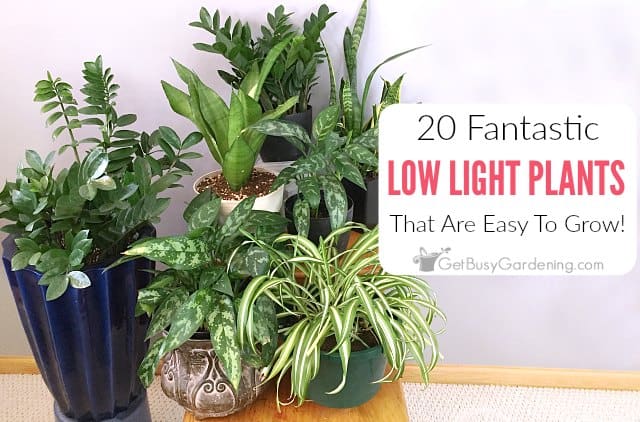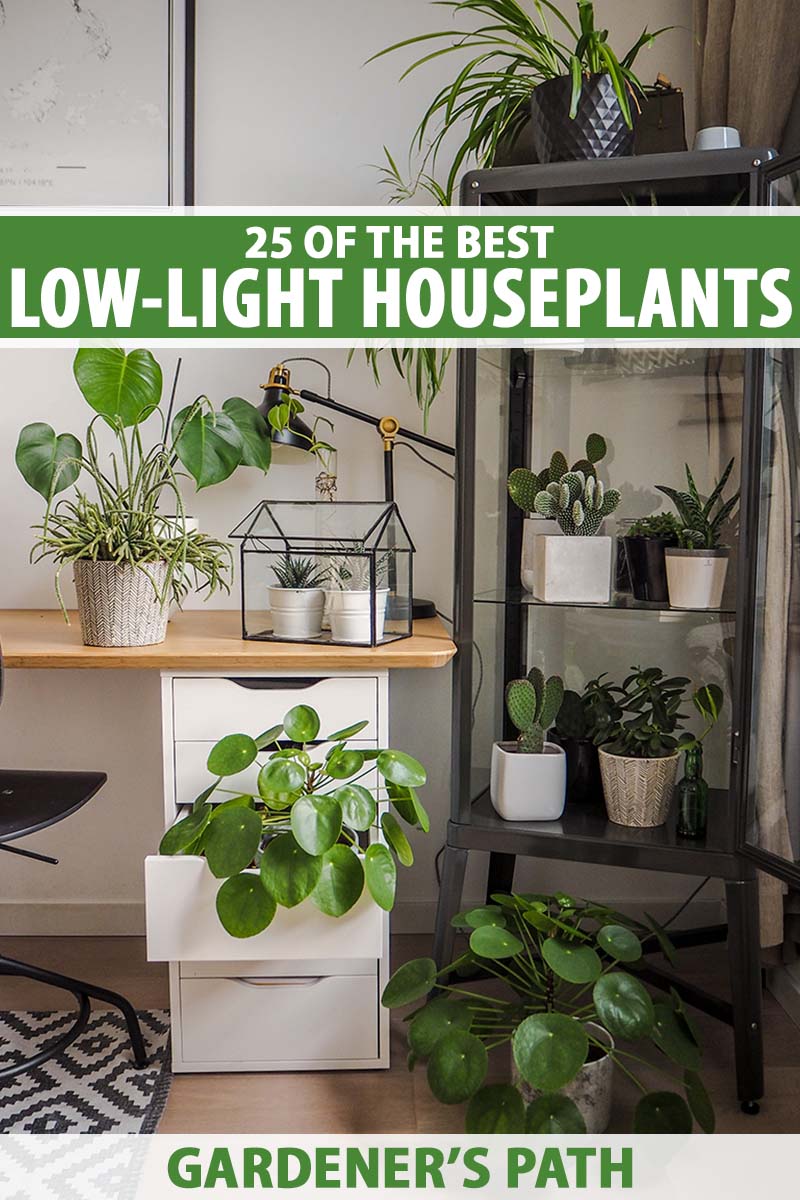Transform Your Home With Beautiful Low-Light Indoor Plants and Their Advantages
Integrating low-light indoor plants right into your home can dramatically boost both the visual and ecological high quality of your space. These plants, which grow in dim conditions, serve not just as ornamental aspects however also as natural air purifiers, making them perfect for metropolitan dwellers or those with restricted sunlight exposure. As we explore the numerous types of low-light plants and their benefits, you may locate surprising ways to integrate them into your home that can transform your environments in methods you may not have expected.
Benefits of Low-Light Plants
Low-light plants supply many advantages for interior environments, making them an exceptional option for both amateur and knowledgeable gardeners. One of the main advantages is their versatility to low-light problems, permitting people to enhance their space without the requirement for extensive sunshine exposure. This particular makes them ideal for apartment or condos, offices, and other areas with restricted natural light.

In addition, incorporating low-light plants right into home decor can boost the aesthetic appeal of an area. Their rich foliage and varied textures develop a relaxing environment, adding to total wellness. The existence of greenery has been connected to decreased anxiety degrees and improved performance, making low-light plants a practical choice for boosting both physical and psychological health and wellness in indoor setups.
Leading Low-Light Indoor Plants
While lots of indoor plants prosper in bright light, numerous types are particularly well-suited for low-light problems, making them optimal for different indoor areas. One prominent choice is the Snake Plant (Sansevieria), recognized for its striking upright leaves and durability, calling for very little treatment. An additional superb choice is the Pothos (Epipremnum aureum), which includes heart-shaped fallen leaves and can trail perfectly from wall mounts or shelves, prospering in reduced light and adding a lavish touch.
The ZZ Plant (Zamioculcas zamiifolia) is celebrated for its glossy leaves and capability to hold up against forget, making it perfect for busy lifestyles. The Tranquility Lily (Spathiphyllum) not just endures reduced light yet likewise generates magnificent white flowers, improving any space's visual.
For an unique touch, think about the Cast Iron Plant (Aspidistra elatior), which indeed meets its name, prospering in the darkest edges of your home. The Chinese Evergreen (Aglaonema) uses a selection of leaf patterns and colors while being extremely flexible in low-light conditions. These plants not only beautify interior atmospheres but likewise add to air filtration, boosting your living area.
Treatment Tips for Low-Light Plants

Watering methods are crucial; these plants commonly like a little completely dry conditions. Overwatering can lead to root rot, so make sure that the top inch of dirt is completely dry prior to sprinkling again. Usage pots with water drainage openings to allow excess wetness to run away.
Humidity is another essential aspect. Lots of low-light plants, such as ferns and tranquility lilies, advantage from greater moisture degrees. To raise moisture, take into consideration misting the fallen leaves or positioning a tray of water near the plants.
Fertilization needs to be come close to with caution. Throughout the growing period, utilize a diluted, well balanced fluid fertilizer monthly to support development, yet prevent feeding during the dormant cold weather.

Imaginative Ways to Show Plants
Interior plants can function as exciting prime focus in any kind of space, enhancing both aesthetic appeal and atmosphere. Innovative display screens can raise the aesthetic effect of low-light plants, making them an integral part of your home decor. One reliable approach is to use tiered plant stands, which the original source enable you to display numerous plants at differing heights while maximizing flooring space.
Hanging planters are one more cutting-edge alternative, creating a feeling of depth and attracting the eye upwards. Consider macramé wall mounts or wall-mounted shelves to introduce an one-of-a-kind appearance and design.
For a more organized approach, usage geometric terrariums or glass containers to house your plants, adding a modern touch to your interior garden. You can also repurpose vintage things, such as teacups or wood cages, for an eclectic screen that mirrors your individuality.
Enhancing Home Atmosphere With Plants
Incorporating low-light plants right into your home click here for more info not just boosts visual appeal yet also adds substantially to the general ambiance. These plants function as natural style aspects, presenting a sense of serenity that can transform any type of space. The presence of greenery promotes a calming ambience, which is specifically useful in high-stress atmospheres such as office or living rooms.
Low-light plants, such as serpent plants, pothos, and ZZ plants, are not just visually pleasing yet additionally improve indoor air quality by filtering contaminants. This dual function improves the setting additionally, creating a much healthier living space (Best low-light indoor plants). The strategic positioning of these plants can likewise affect the perception of space; for example, tall plants can draw the eye upward, making ceilings appear higher and rooms extra spacious
Additionally, differing structures and shades of foliage add deepness to interior style, permitting for imaginative expression in home designing. Whether put on racks, in corners, or as focal points, low-light plants can raise the state of mind of any kind of space. In recap, including these plants into your home is a reliable means to promote a cozy, welcoming atmosphere while reaping the benefits of boosted air high quality and visual flexibility.
Conclusion
Integrating low-light interior plants into home environments provides numerous benefits, consisting of boosted aesthetic charm and enhanced air quality. These resistant plants, such as the Snake Plant and Peace Lily, need very little light and maintenance, making them appropriate for varied way of lives. Their ability to filter pollutants adds to a much healthier home, while their different structures and colors enrich interior decor (Best low-light indoor plants). Inevitably, the incorporation of low-light plants fosters a serene and inviting setting, transforming any home right into a peaceful oasis.
While several indoor plants thrive in brilliant light, numerous varieties are specifically well-suited for low-light problems, making them perfect for various indoor spaces. One reliable method is to make use of tiered plant stands, which permit you to display multiple plants at varying elevations while making the most of floor space.
Low-light plants, such as serpent plants, pothos, and ZZ plants, are not only aesthetically pleasing but additionally enhance interior air quality by filtering system pollutants. Best low-light indoor plants. go right here The tactical placement of these plants can likewise influence the assumption of space; for circumstances, tall plants can attract the eye upward, making ceilings appear greater and spaces much more roomy
These durable plants, such as the Snake Plant and Tranquility Lily, require very little light and upkeep, making them suitable for diverse lifestyles.